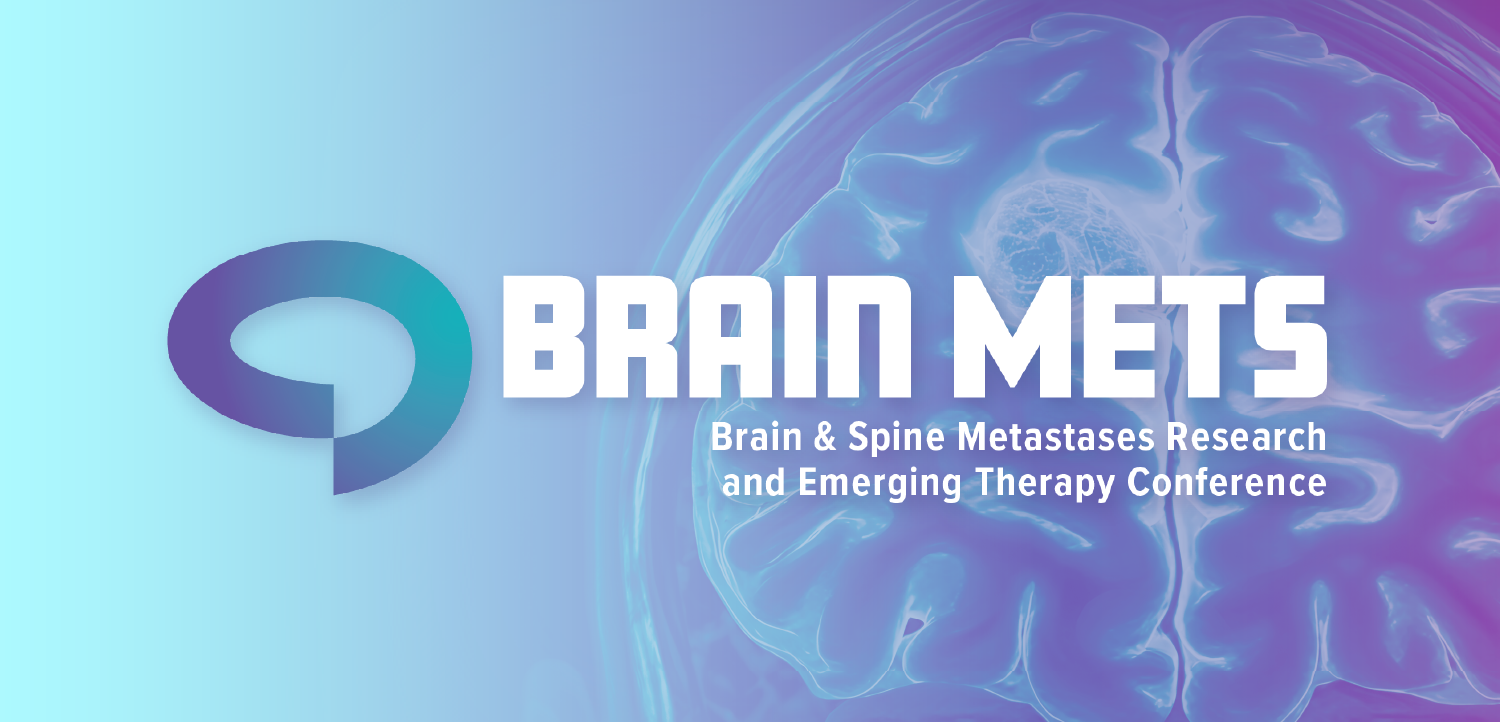
NIH cuts could be ‘devastating for decades’
Medical colleges and academic medical centers hope to prevent steep cuts at the National Institutes of Health. Dr. Elena Fuentes-Afflick of the Association of American Medical Colleges talks about what’s at stake.
The Trump administration has alarmed researchers and healthcare leaders with the termination of funding from universities, hospitals and academic medical centers.
Through May 5, the NIH has terminated 777 grants, accounting for more than $1.9 billion in funding for medical research, according to
The Senate Health, Education, Labor and Pensions Committee’s Democratic staff released a
Elena Fuentes-Afflick, MD, chief scientific officer of the Association of American Medical Colleges, says the NIH cuts could have long-lasting ramifications. The NIH is the largest source of federal funds for medical research.
The damage could be exacerbated if President Trump’s budget for NIH is enacted; his administration is proposing
“The type of cuts that have already been implemented, and might be implemented if the current proposal were enacted, would be devastating and devastating for decades,” Fuentes-Afflick tells Chief Healthcare Executive®.
Already, the NIH has cut off grants and eliminated programs and vital research is being stalled, she says. Universities and academic medical centers are putting the brakes on studies and laying off workers.
The AAMC has joined colleges and universities in
“Without program funding, positions are being eliminated, people are being laid off,” Fuentes-Afflick says. “But more importantly, the work that people were funded to do through the rigorous evaluation process is not being done, which means that patients are not being served. People don't have the opportunity to enroll in clinical trials and all of the foundational work that ultimately leads to improvements or cures is not happening.”
(See part of our conversation in this video. The story continues below.)
Every region affected
New York is the state hit the hardest by NIH grant terminations, losing $575 million in funding, according to the AAMC data. North Carolina is close behind, with grant terminations of $566 million.
But Fuentes-Afflick says research institutions across the country are being affected. Even institutions that may be considered to have deep pockets can’t absorb the losses, but she says the grant terminations are especially damaging to smaller institutions or those with modest resources.
“Basically, every region of the country is affected, and the impact may be disproportionate in some places,” Fuentes-Afflick says. “But sometimes, having a lot of research funding doesn't necessarily mean that you can absorb a cut either better or worse than a different institution.”
“For a small research community at some universities, the impact may be very devastating on the research team and again, most importantly, on the patients and research subjects who are involved,” she adds.
Researchers and leaders of universities and academic medical centers are experiencing a wide range of emotions over the cuts in funding. Some are angry at having to lay off workers and watch progress on research projects come to a halt.
But many are trying to understand why the grants were cut, and the federal government isn’t offering much information in any cases.
“Many of the termination notices say that the program is being terminated or the grant is being terminated because it is no longer consistent with agency priorities,” Fuentes-Afflick says. ‘But we don't know what those priorities are, so there's bewilderment about how this program does not align with agency priorities.”
“There's also profound disappointment, not only from the individual person who is losing a grant or their program, but also for the impact that the work was intended to deliver. That is the basis on which grants are evaluated on what they promised to discover or advance. So there is a sense of loss about how this will impact either in the short, medium or long-term for that program, and most importantly, for the health of our country.”
Medical schools and universities are grappling with the termination of research grants.
But they say the uncertainty surrounding federal support for research also makes it difficult to engage in long-term planning.
“Academic institutions, academic health centers, are very carefully calibrated organizations with a lot of planning that is usually done on a three- to five-year window. So all of a sudden to have the abrupt termination creates an incredible amount of instability and sometimes even chaos in the face of the unknown,” she says.
Aiming to persuade Congress
The Trump administration has proposed
Congress still must sign off on the spending plan. Republicans control Congress, but medical schools and hospitals are banking on lawmakers in both parties being wary of steep cuts in their districts.
Fuentes-Afflick says the AAMC is going to work to explain to Congress - and the American public at large - that reducing spending on medical research is going to slow progress in finding treatments and cures for diseases.
“The impact of reducing our commitment to research and science will have a negative impact on American people in the diseases and conditions that they face and for which they expect us to provide new cures and new treatments,” she says.
For decades, the NIH enjoyed broad, bipartisan backing in Congress. While many lawmakers still support the NIH, the agency has received more criticism from lawmakers in recent years.
The AAMC and others are pressing lawmakers to understand the importance of research, and the impact cuts would have in their own districts.
“What I like to say is that if you or someone in your family has asthma, cancer, diabetes, obesity, you have been touched by the impact of NIH-funded research in terms of new programs, new interventions, new treatments,” Fuentes-Afflick says. “And that is what we are concerned about for the future. We want to make sure that we can continue to make impactful discoveries to promote health for everyone.”
Medical schools and universities have also been fighting the Trump administration’s move to cut funding for administrative research costs. The NIH says it’s moving to cap “indirect costs” to be more efficient with taxpayer dollars and ensure that money goes to research.
Medical schools say those costs cover critical components of research, including computing services and security. A federal judge
Fuentes-Afflick says the federal government has long understood the need to cover administrative costs that “are meant to ensure that institutions can provide the proper resources for research.”
Appealing to the public
In addition to appealing to Congress, medical schools and universities are hoping to capitalize on public support.
Fuentes-Afflick says she’s confident that Americans understand the value of federal funding in research.
“We know that the American people understand how important it is to support research, so we are hoping that to make people understand that when you say funding for research, that really means funding for NIH and other federal agencies, that means jobs in your communities, that means research going on in the communities where everyone lives,” she says.
But she also acknowledges that research institutions may need to do more outreach to explain what’s at stake if spending levels are reduced.
“Sometimes we keep it to ourselves too much, or we only disseminate our work in scientific journals without really sharing with the public,” Fuentes-Afflick says. “So we think that's another important strategy to help people understand how the funding actually impacts their lives.”
Fuentes-Afflick says she worries that the NIH cuts could result in America losing its position as the global leader in medical research.
In addition to halting research studies, Fuentes-Afflick fears that the NIH cuts could make it harder to develop the next generation of scientists.
“That requires investment. It requires supporting investigators. It also, very importantly, requires that we develop the careers of people who are coming into our professions, that we show them that this is a viable career path, that they can bring their ideas and their talents to the problems of today and have an impact,” she says.
“So the result of reducing funding in the devastating way that has been proposed will have an impact, not only on the discoveries, but also on the young people who are considering careers in biomedical research.”
















































